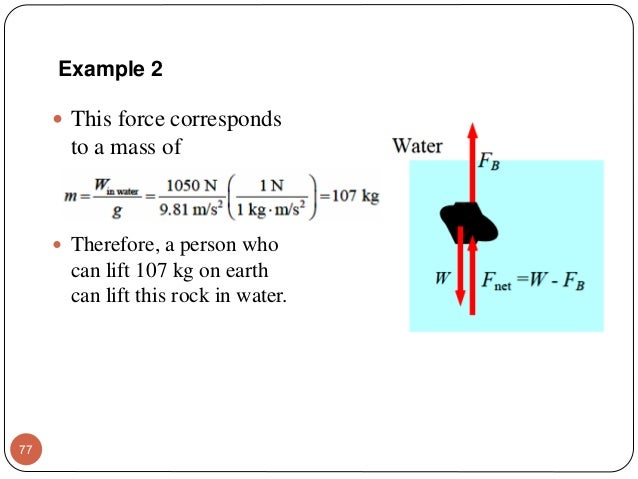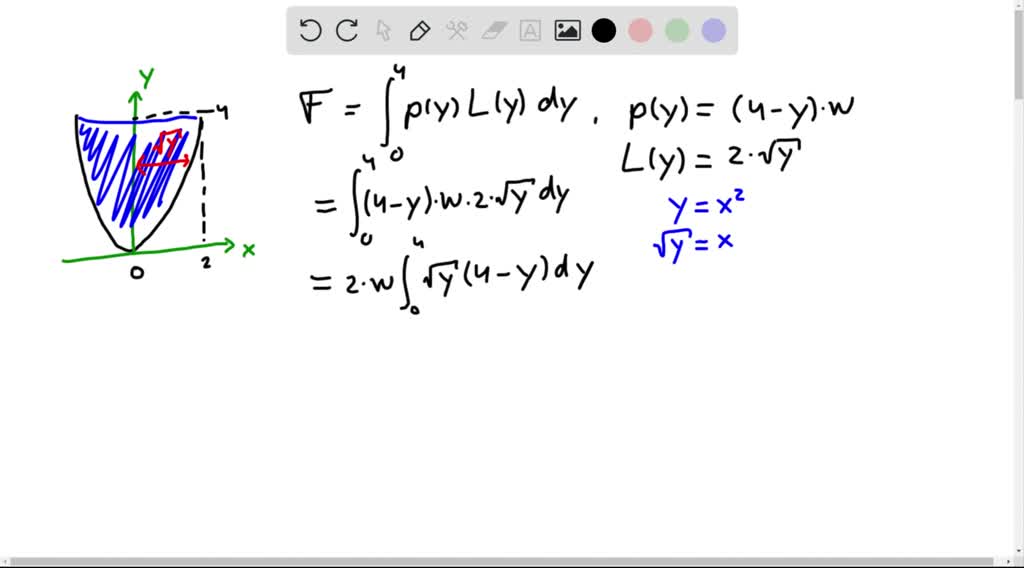

So the force exerted by a fluid of constant weight density w, against a submerged vertical plane from y=a to y=b is given as, If plate is submerged vertically then pressure is not constant throughout, so force acting on it must be calculated through slicing which leads to integral. We don’t need calculus for this which is illustrated by the following example.Įxample1: Find the fluid force on a rectangular metal sheet measuring 3ft by 4ft, that is submerged horizontally in 6 ft. If the plate is submerged horizontally then pressure is constant and can be calculated using the equation F=P*A. Weight density of water= 62.4 lb/cubic ft. Fluid force on a submerged horizontal surface of area A is , Pascal’s principle states that pressure exerted by a fluid at a depth h is transmitted equally in all directions. Where w= weight density of liquid per unit of volume. How are both of the above concepts and their corresponding use of definite integrals similar to problems we have encountered in the past involving formulas such as distance equals rate times time and mass equals density times volume?įigure 6.The pressure on an object at depth h in a liquid is given as, What is the total force exerted by water against a dam? How do we measure the work accomplished by a varying force that moves an object a certain distance? Section 6.5 Physics Applications: Work, Force, and Pressure Motivating Questions Population Growth and the Logistic Equation.Qualitative Behavior of Solutions to DEs.An Introduction to Differential Equations.Physics Applications: Work, Force, and Pressure.Area and Arc Length in Polar Coordinates.Using Definite Integrals to Find Volume by Rotation and Arc Length.Using Definite Integrals to Find Area and Volume.Using Technology and Tables to Evaluate Integrals.The Second Fundamental Theorem of Calculus.Constructing Accurate Graphs of Antiderivatives.Determining Distance Traveled from Velocity.

Using Derivatives to Describe Families of Functions.Using Derivatives to Identify Extreme Values.Derivatives of Functions Given Implicitly.Derivatives of Other Trigonometric Functions.



 0 kommentar(er)
0 kommentar(er)
